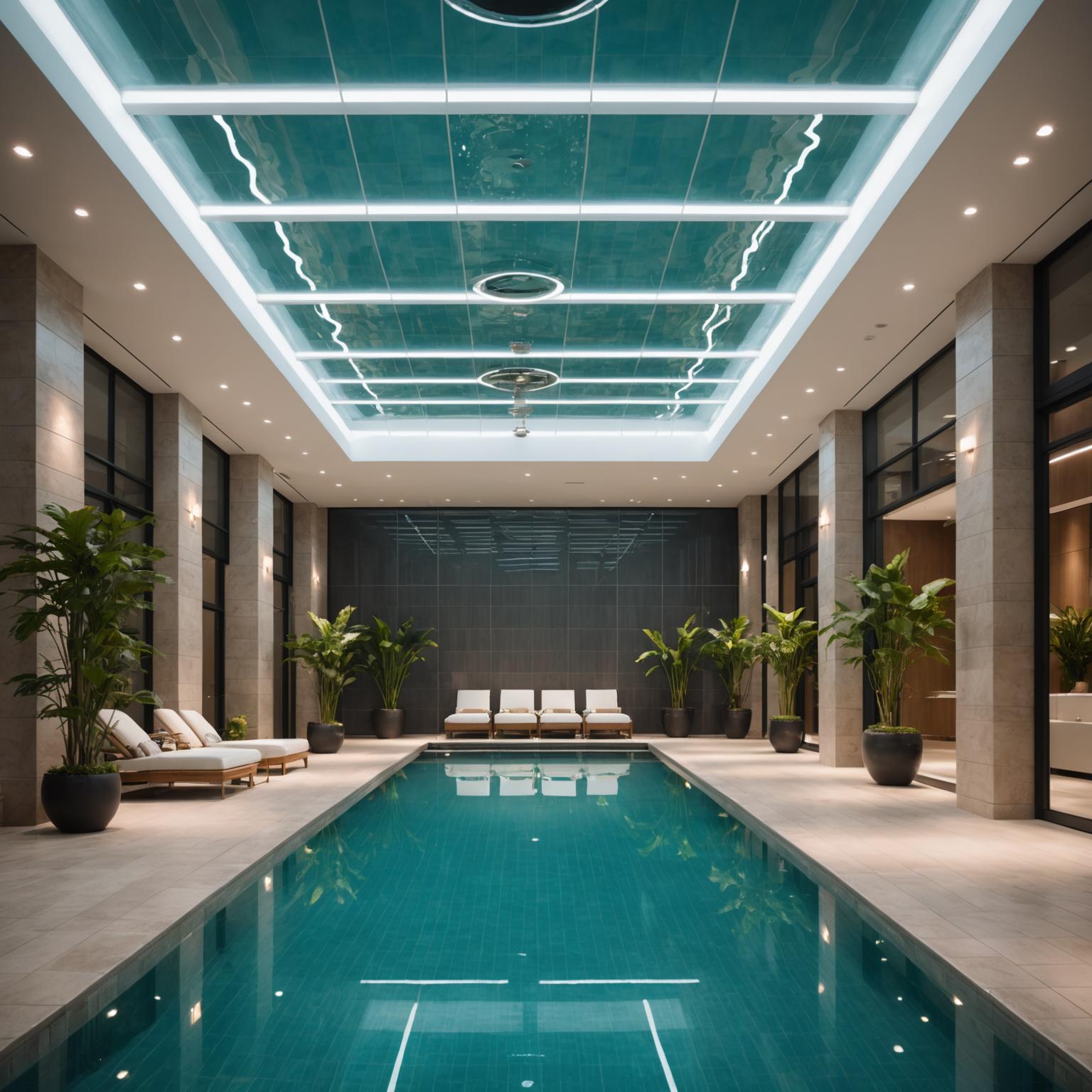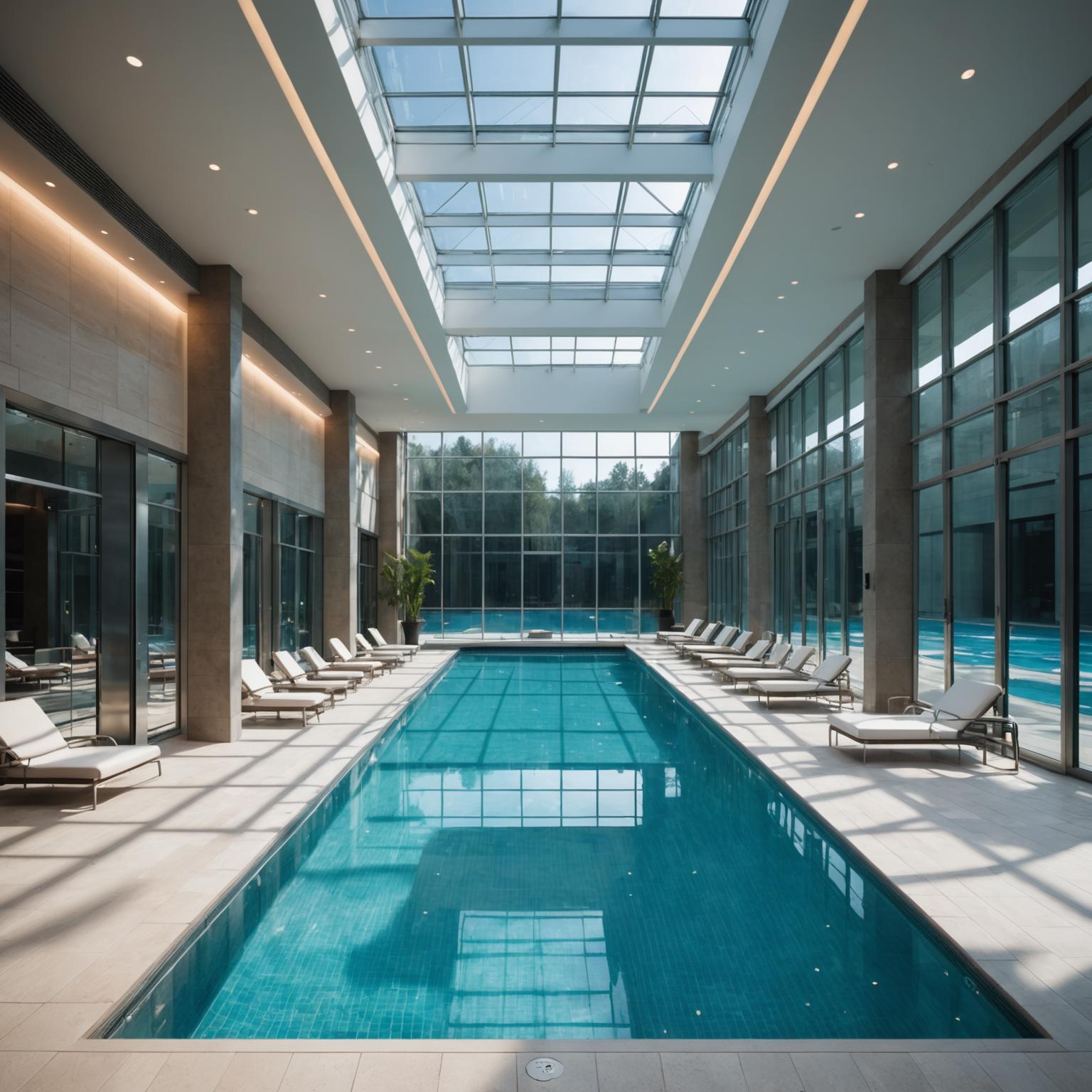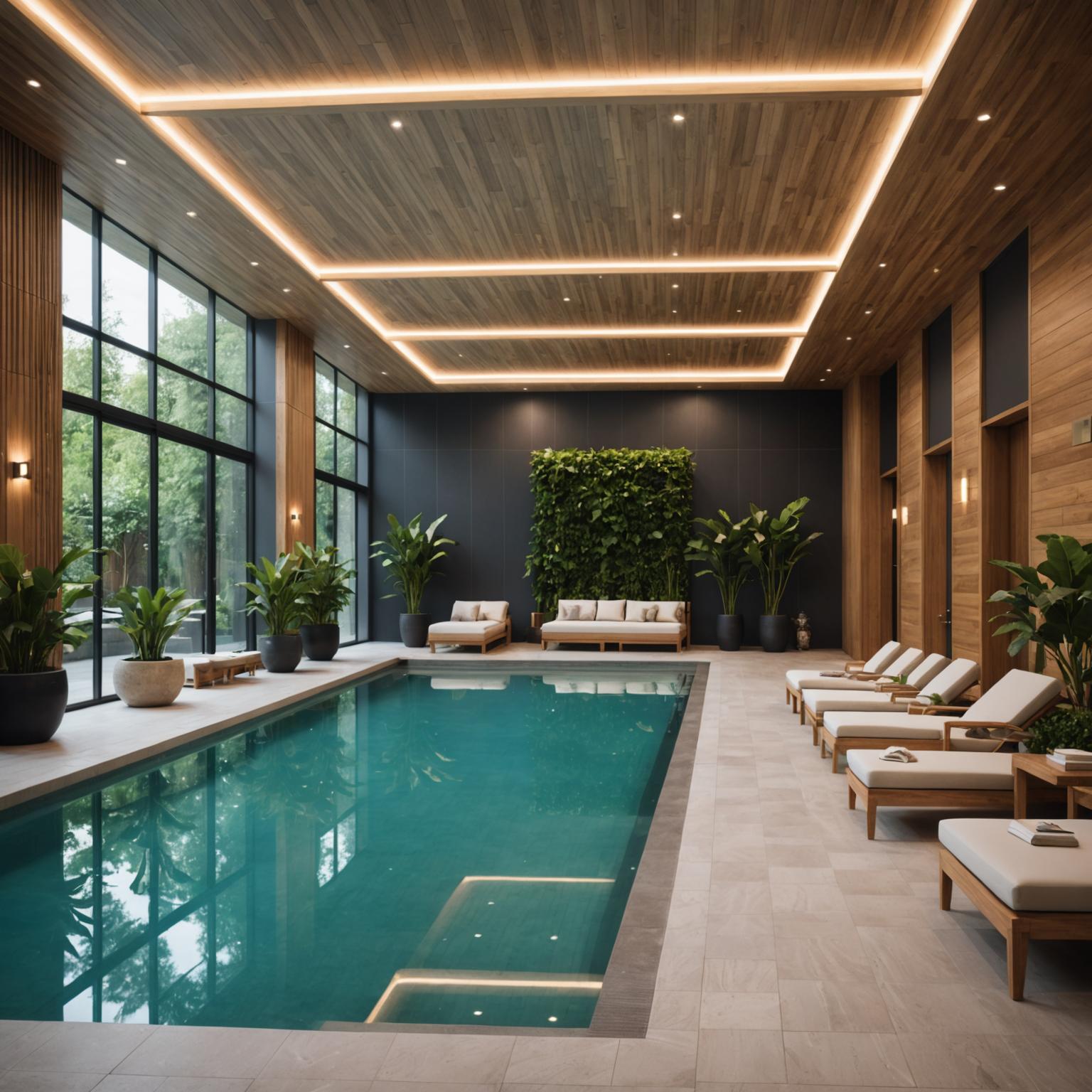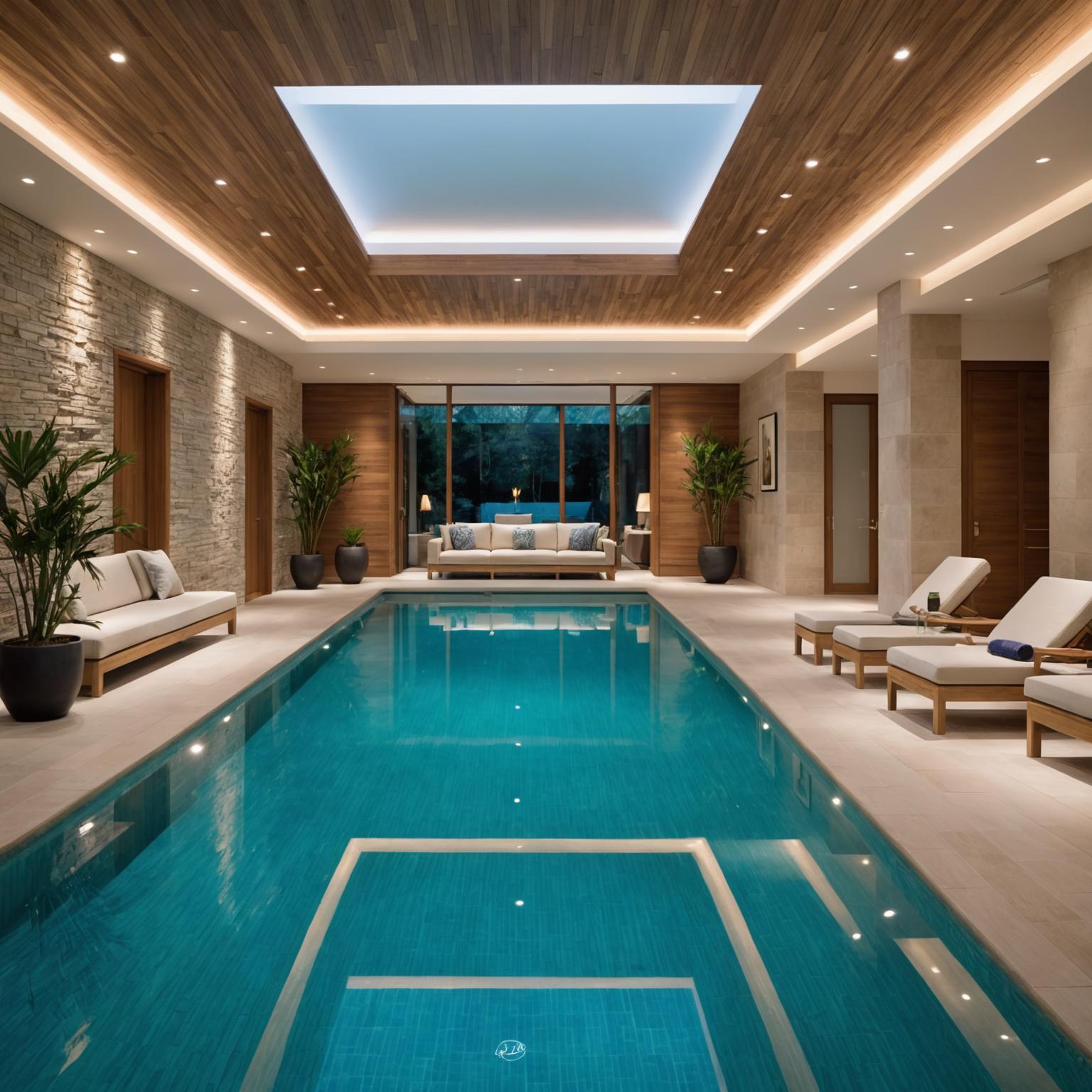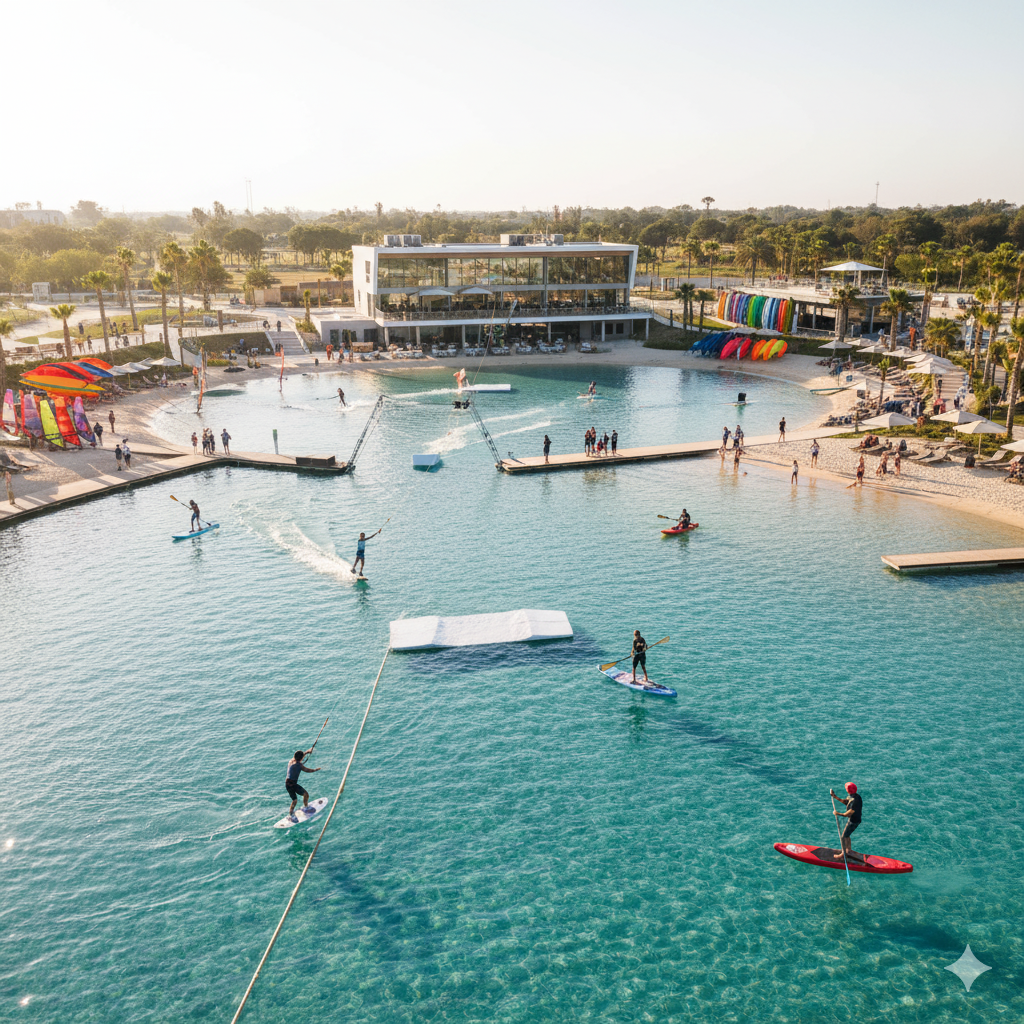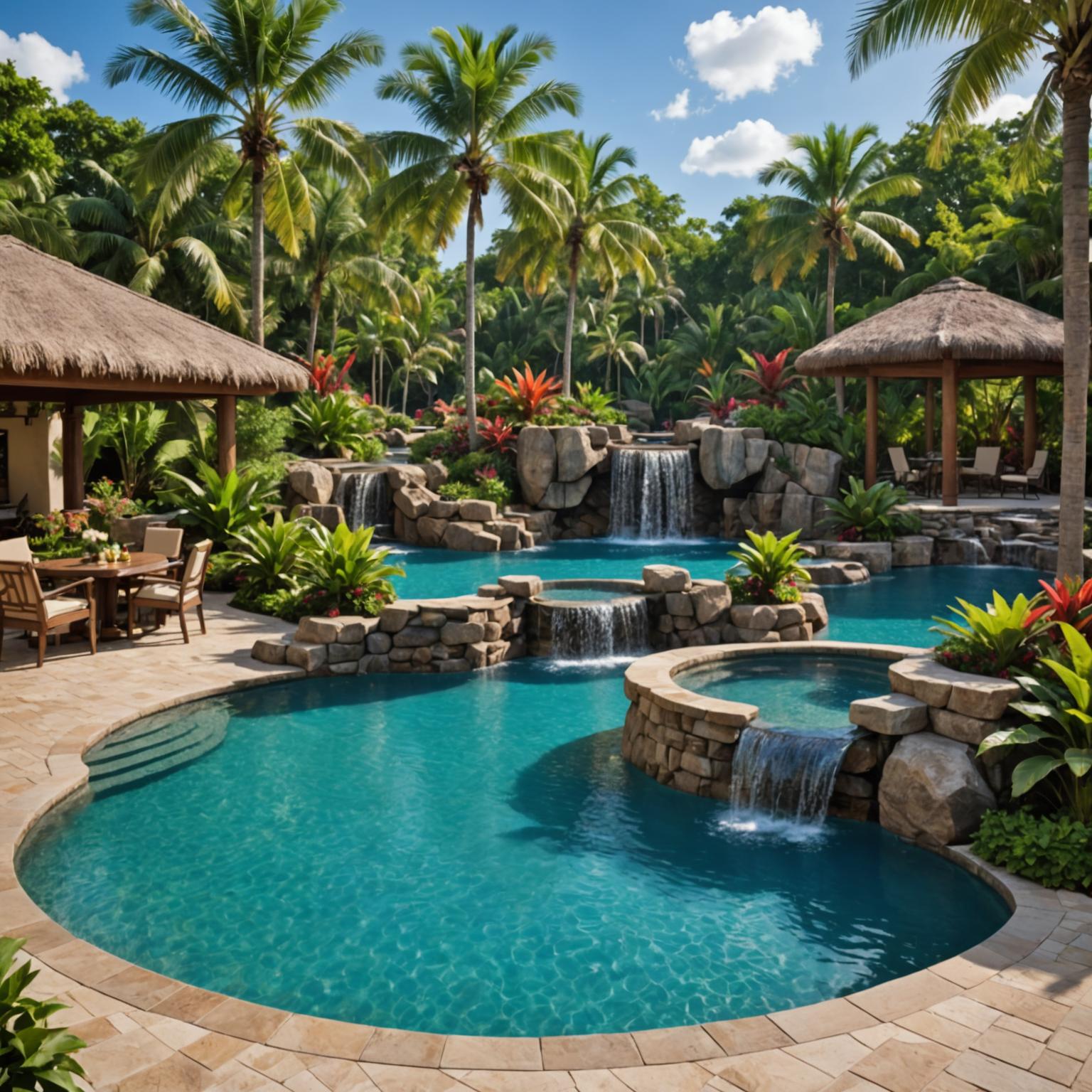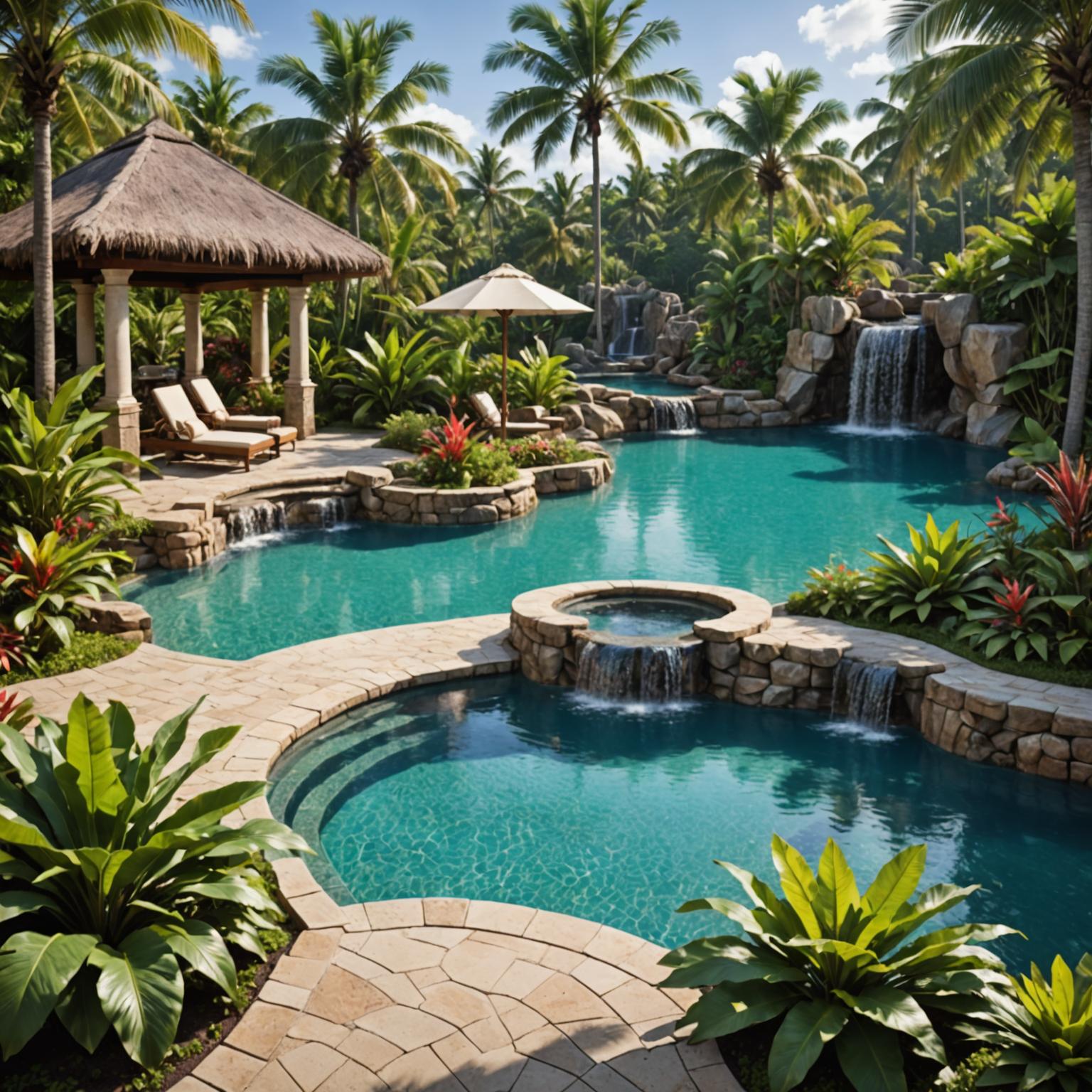
How Commercial Pool Vacuum Equipment Balances Efficiency, Stability, and Operational Economics
The Commercial Demand for Predictable Performance
Large-scale aquatic centers, hotels, and sports complexes manage water volumes from 500 to over 3,000 cubic meters daily.
Their maintenance schedules are tight, their energy budgets fixed, and their standards for hygiene uncompromising.
Traditional residential-grade vacuum systems quickly reach their limits in such environments, resulting in suction losses, noise issues, and frequent breakdowns.
Commercial performance isn’t measured by power—it’s measured by stability over time.
Modern facilities require vacuum systems engineered for continuous operation, high flow rates, and minimal performance deviation. The real engineering challenge lies in balancing hydraulic power with efficiency and operational cost.
Engineering Principle: Fluid Dynamics at Scale
Commercial pool vacuum equipment is designed as part of a hydraulic ecosystem rather than a stand-alone machine. Each design element—impeller geometry, housing structure, and pipeline configuration—affects the balance between suction stability and energy consumption.
Key engineering mechanisms include:
-
Multi-Stage Impeller Systems: Maintain steady suction pressure across varying pool depths and debris loads.
-
Streamlined Flow Channels: Reduce turbulence and cavitation, ensuring consistent hydraulic flow.
-
Thermal Load Management: Aluminum cooling frames and airflow balancing extend motor life and reduce internal stress.
-
Vibration Isolation Mounts: Limit mechanical oscillations, reducing energy loss and operational noise.
-
Electronic Load Balancing (ELB): Dynamic control algorithms adjust motor torque, maintaining suction efficiency while cutting energy waste by up to 20%.
Hydraulic optimization transforms power into precision—allowing energy to move water, not heat or noise.
Domestic vs. Commercial-Grade Systems
| Feature | Residential Vacuum Units | Commercial Pool Vacuum Equipment |
|---|---|---|
| Flow Rate | ≤10 m³/h | ≥30–60 m³/h continuous |
| Pressure Endurance | ≤1.0 bar | ≥1.6 bar |
| Noise Level | 75–85 dB | ≤65 dB |
| Operational Hours | 1–2 hrs/day | 10–16 hrs/day |
| Maintenance Interval | Monthly checks | Predictive, quarterly service |
| Expected Service Life | 1–2 years | 5–8 years continuous duty |
In performance testing across hotel and municipal pools, commercial systems demonstrated 25–40% lower lifecycle costs and 30% shorter ROI cycles, primarily due to reduced downtime and energy waste.
Application Logic: Matching Systems to Real Environments
Different facilities demand tailored performance profiles—no two commercial pools share the same hydraulic behavior.
-
Hospitality & Resorts: Prioritize quiet operation and visual integration. ELB-controlled pumps allow overnight cleaning without disturbing guests.
-
Public Aquatic Centers: Use multi-zone vacuum integration, ensuring balanced suction across multiple lanes.
-
Industrial & Training Facilities: Employ reinforced housings and corrosion-resistant materials for chemical stability under high-chlorine conditions.
-
Architectural or Infinity Pools: Require modular vacuum heads that adapt to curved or irregular geometries without suction drop.
In commercial design, geometry defines engineering requirements—vacuum systems must adapt to architecture, not the reverse.
Procurement Framework: Evaluating Commercial Readiness
Procurement teams evaluating commercial pool vacuum equipment should focus on measurable, data-driven criteria rather than descriptive marketing terms.
Key evaluation parameters:
-
Flow Uniformity: ≥90% suction consistency across 10-meter head distance.
-
Noise & Vibration Index: Certified ≤65 dB(A) under continuous operation.
-
Energy Consumption: Load-adaptive systems that reduce total draw by ≥20%.
-
Material Durability: Marine-grade aluminum and anti-oxidation polymer housings.
-
Global Certification: CE, ISO9001, and endurance validation under 500+ operational cycles.
The mark of true commercial-grade design is repeatability—identical performance across installations, climates, and duty hours.
Bonny’s Integrated Engineering for Commercial Systems
As a professional OEM and exporter, Bonny engineers commercial pool vacuum systems that prioritize energy efficiency, structural precision, and lifecycle economy.
Each system undergoes hydraulic simulation, vibration calibration, and high-temperature endurance testing to guarantee consistent suction performance under global operating standards.
By integrating advanced motor design, fluid optimization, and modular component control, Bonny’s commercial systems enable facilities to achieve both cost savings and reliability over extended operation cycles.
To explore OEM collaboration or specify a commercial vacuum solution for your facility, visit Bonny’s homepage or contact us here.


